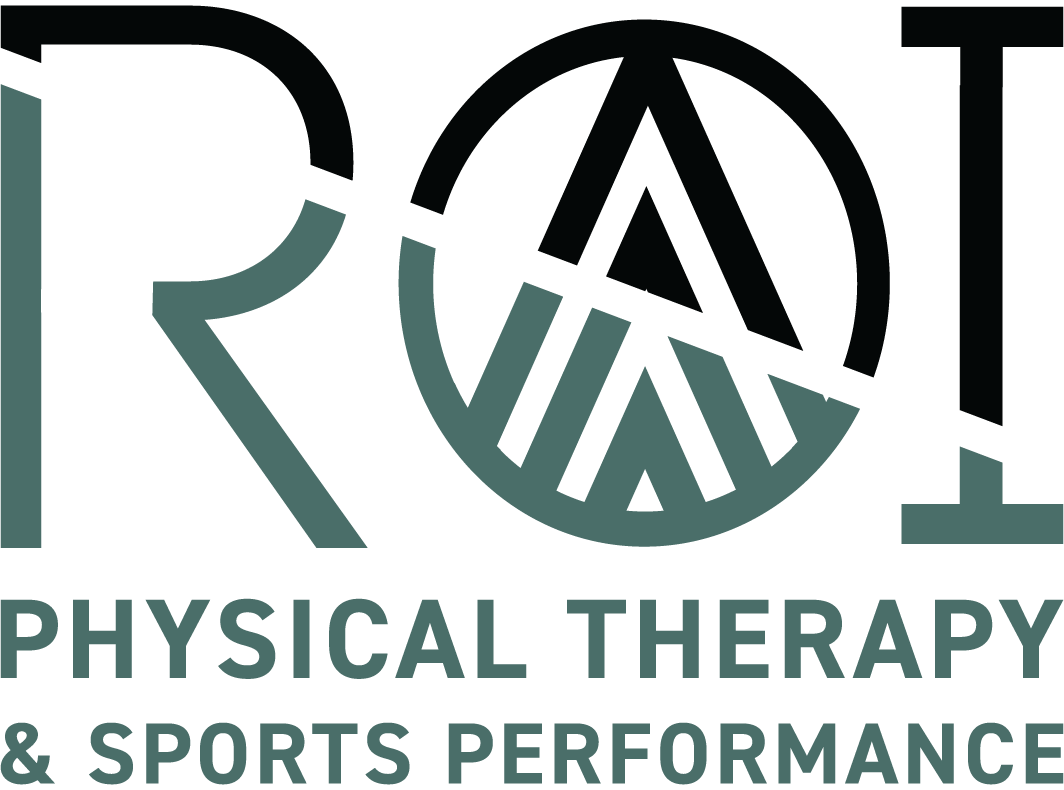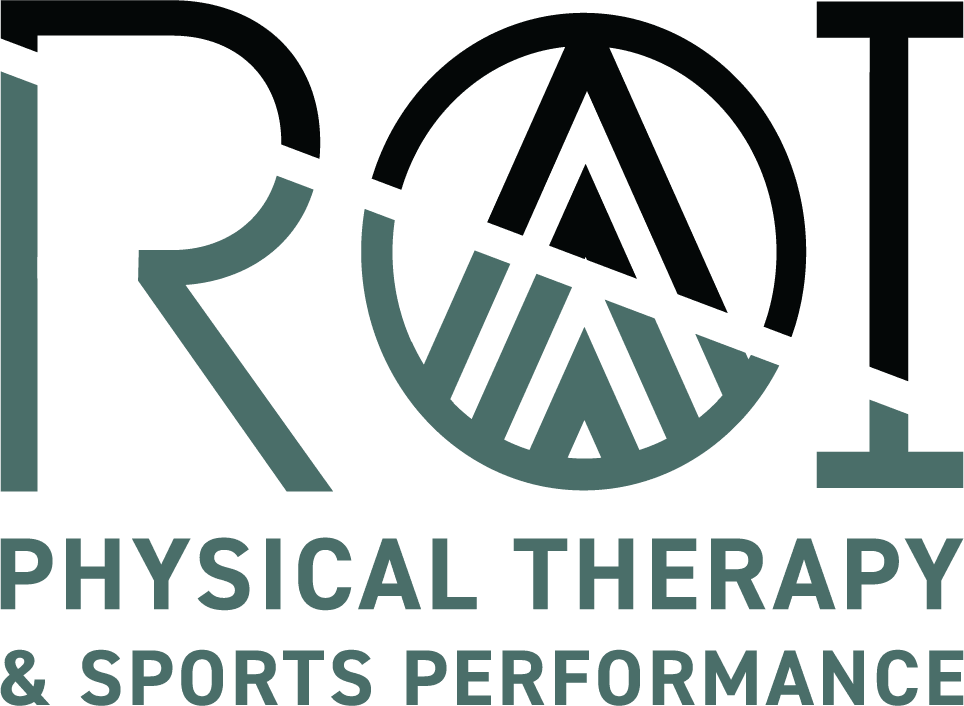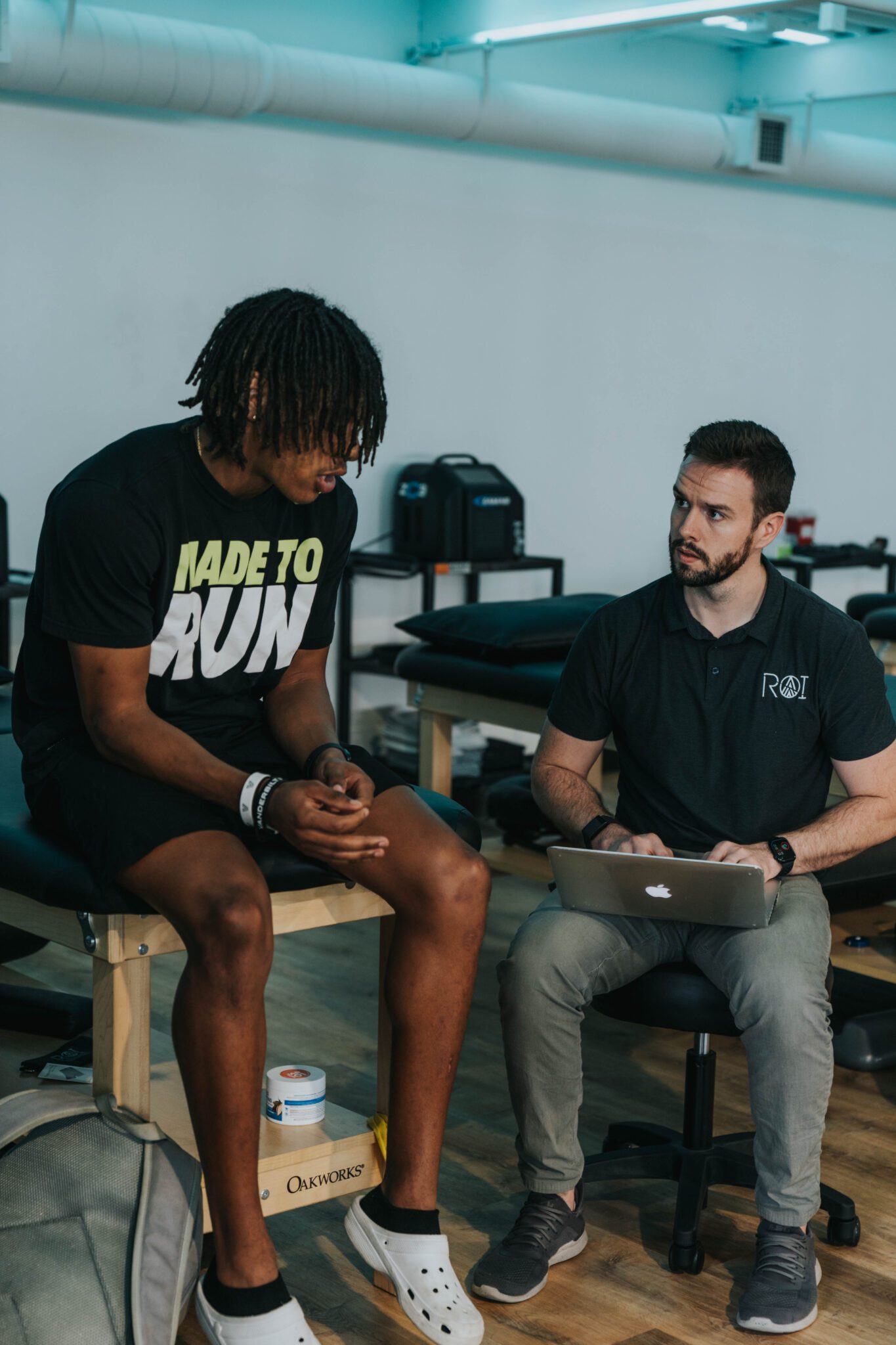It happens to the best of athletes: injury. From ankle sprains to knee strains, torn tendons to torn ligaments, groin pulls to muscle tears, injuries can put a damper on athletic conditioning and performance. However, the ability to overcome injuries can be a true testament to an athlete’s toughness and determination. Tom Brady won a Super Bowl the season after recovering from a torn ACL. Major league baseball players with torn labrums and ligaments have come back to win Golden Glove Awards. And Serena Williams won her 23rd Grand Slam after recovering from a torn hamstring.
Rehabilitating and recovering the right way is important. So many athletes tend to want to rush the process to get back into the game sooner. However, injury recovery is an essential process that requires time, care, and focus. Read on to learn more about what sports physical therapists wish you knew about injury rehabilitation and recovery.
Rest is required. Rest is the first step in RICE—rest, ice, compression, and elevation—a tried and true method for recovery. While bouncing back quickly seems to be glorified in sports, it is not wise, especially when not advised by a sports medicine professional. Sleep is one kind of rest that is important for athletes. In addition to that, avoiding activities that put stress on injuries area is key to healing. The amount of rest needed will vary, depending on the severity of an injury. Always consult your local sports medicine professional to determine the amount of modified rest that will be expected to ensure proper understanding of typical timelines of healing. Modified rest is another way your local sports medicine will advise and educate athletes on, so the athlete can still participate in some team activities in a modified manner that will not jeopardize the recovery timeline and minimize the effects of deconditioning.
Ice is nice. Don’t underestimate the simple power that therapeutic cold can have on your injured body. Ice can help reduce pain and swelling when applied to an injury. Icing for about 20 minutes at a time, several times a day is often recommended.
Compression is key. Compression can also help with healing. To apply compression, wrap the injured area with an elastic bandage—snugly, but not too tight. Compression sessions should last for about 20 to 30 minutes at a time throughout the day, but this is most effective immediately after an injury.
Elevate to recuperate. Elevating an injured area can help to reduce swelling. It’s common to prop an elevate-able injury up on a pillow or a rolled towel for about 20 to 30 minutes at a time.
Stretch it out. Doing appropriate stretches can help athletes to improve range of motion, strength, and flexibility in an injured area. It’s a good idea to start with gentle stretches a few days following true muscle strain injuries, increasing intensity as you heal. As always, consult with your local sports medicine professional to provide you with the best exercise and stretching rehabilitative exercises.
Build muscle. Safe strength training with light weights can be a great part of rehab and recovery after an injury. It can help to improve strength and stability.
Be patient. Recovery from injury takes time. As an athlete, listening to your body and not rushing it as it heals is important. Pay attention to pain, and seek medical help when needed.
Injury recovery isn’t just healing; it can have some added benefits including:
Preventing further damage. Athletes that continue to play on an injury often make their situation worse. This can lead to more serious problems that require longer recovery time or even surgery. Healing can help with future injury risk reduction.
Maintained fitness. After suffering an injury, it can be hard for athletes to be sidelined. They often can’t train as hard as usual, which can lead to a loss of fitness. However, with proper recovery, athletes can get back to their previous level of fitness.
A mental health helper. Injuries can be so stressful for athletes. It’s common to face anger, frustration, and even depression. Working through recovery can help an athlete to deal with the difficult emotions associated with experiencing injury.
The professionals at ROI focus on recovery as an active, daily process. They tailor recovery plans to each athlete’s specific needs, allowing athletes to train at the highest level. Some of the effective methods that are incorporated into injury recovery at ROI include:
Dry sauna: The traditional dry sauna at ROI reaches a temperature of 194 degrees. Sauna use can help to benefit athletes by enhancing performance, releasing heat shock proteins and growth hormones, promoting detoxification, and reducing pain through the release of beta-endorphins.
Cold tub: Submerging in a 42-degree Icepod Plus at ROI can help injured athletes to heal through decreased inflammation, increased norepinephrine, increased cold shock proteins, and a stimulated nervous system. Used in tandem with sauna, cold tubbing is a great contrast therapy for healing.
Compression boots: These special boots combine dynamic air compression with a pulse massage pattern that mimics the muscle pump of an athlete’s arms and legs. Compression helps to promote lymphatic flushing, reduce swelling and inflammation, and enhance blood flow during an athlete’s recovery process.
Recovery-focused services: Dry needling, cupping, and massage therapy are all great additional ways for athletes to incorporate more healing into their recovery process.
At ROI, we believe that recovery is a healthy part of every athlete’s training program. Pushing one’s body to the limit requires the right kind of recovery process. Reach out to the professionals at Team ROI to learn more about healing from injuries and doing recovery the right way.


